

Articles
How To Wash A Duvet Cover
Modified: January 18, 2024
Learn how to properly wash a duvet cover with our informative articles. Keeping your duvet clean has never been easier!
(Many of the links in this article redirect to a specific reviewed product. Your purchase of these products through affiliate links helps to generate commission for Storables.com, at no extra cost. Learn more)
Introduction
Washing a duvet cover may seem like a tedious task, but it is an essential part of maintaining cleanliness and freshness in your bedroom. A duvet cover acts as a protective layer for your duvet insert, keeping it free from dirt, stains, and odors. Regularly washing your duvet cover not only helps to keep it looking clean and vibrant but also ensures a hygienic sleeping environment.
In this article, we will guide you through the step-by-step process of washing a duvet cover, providing you with valuable tips and techniques to simplify this task. By following our instructions, you can easily maintain the cleanliness and longevity of your duvet cover, leaving your bedroom feeling cozy and inviting.
Before we begin, it’s important to note that the specific instructions for washing a duvet cover may vary depending on the material and care label instructions. Always consult the care label and follow the manufacturer’s guidelines for the best results. Now, let’s get started!
Key Takeaways:
- Keep your duvet cover clean and fresh by following these simple steps: remove the duvet insert, check the care label, pre-treat stains, select appropriate washing settings, load the cover into the machine, add detergent, dry properly, and iron or fold for a polished look.
- Properly maintaining your duvet cover ensures a cozy and inviting bedroom. Remember to consult the care label, pre-treat stains, select the right washing machine settings, and dry and store your duvet cover properly for a fresh and well-maintained bedding accessory.
Read more: What Is A Duvet Cover
Step 1: Remove the Duvet Insert
The first step in washing a duvet cover is to remove the duvet insert. Most duvet covers have a closure mechanism, such as buttons, zippers, or ties, which makes it easy to remove the insert. Unfasten the closure and carefully take out the duvet insert from the cover.
Place the duvet insert aside for now. If the duvet insert is machine washable, you can include it in the washing process. However, if the insert is not machine washable, you can spot clean any stains or consult professional cleaners for more specialized cleaning methods.
Once the duvet insert is removed, give the duvet cover a gentle shake to remove any loose debris or dust. This will help to prepare the duvet cover for the next steps of the washing process.
It is recommended to wash the duvet cover separately from any other items to prevent damage and maintain its quality. Washing it alone also allows for a more thorough cleaning and prevents any potential color bleeding onto other fabrics.
Now that you have successfully removed the duvet insert, let’s move on to the next step in washing your duvet cover.
Step 2: Check the Care Label
Before washing your duvet cover, it’s crucial to check the care label attached to the cover. The care label provides essential information on the specific washing instructions recommended by the manufacturer for the particular fabric and construction of the duvet cover.
The care label may include important details such as temperature settings, washing cycles, and any special care instructions. It is essential to follow these guidelines to ensure the longevity and quality of your duvet cover.
Take a close look at the care label to determine if the duvet cover is machine washable or if it requires different cleaning methods like hand washing or dry cleaning. Some materials, such as silk or delicate fabrics, may need more gentle treatment to avoid damage during the washing process.
If the care label suggests specific detergent recommendations or instructions for using fabric softeners, be sure to adhere to these guidelines as well. Certain detergents or additives may be harmful to the fabric or affect the color and texture of the duvet cover.
It’s also worth noting any special precautions or warnings mentioned on the care label. These instructions may provide additional information on how to handle stains, maintain fabric integrity, or avoid potential shrinkage or stretching.
Once you have familiarized yourself with the care label instructions, you’ll be better equipped to proceed with the appropriate washing method for your duvet cover. Stay tuned for the next step in washing your duvet cover.
Step 3: Pre-treat any Stains
Before washing your duvet cover, it’s essential to pre-treat any visible stains. Treating stains prior to washing can help to ensure that they are effectively removed during the washing process, leaving your duvet cover looking fresh and clean.
Start by identifying any stains on the duvet cover. Common stains on duvet covers include food stains, makeup stains, or dirt marks. It’s important to treat the stains as soon as possible to prevent them from setting into the fabric.
If the stains are fresh, begin by gently blotting the stain with a clean cloth or paper towel to remove any excess residue. Avoid rubbing the stain, as this can further spread the stain and push it deeper into the fabric.
Depending on the type of stain and the fabric of your duvet cover, there are various pre-treatment methods you can use:
- Mild detergent: Mix a small amount of mild liquid detergent with water to create a soapy solution. Apply this solution to the stained area and gently blot with a clean cloth.
- Stain remover: If the stain is stubborn or set, you can use a stain remover specifically designed for the fabric type. Follow the instructions on the stain remover product and apply it to the stained area using a clean cloth or sponge.
- Natural remedies: For certain types of stains, you can try natural remedies like vinegar, lemon juice, or baking soda. These mild ingredients can help to break down stains without causing damage to the fabric. Always test these remedies on a small, inconspicuous area of the duvet cover before applying them to the stain.
Allow the pre-treatment solution to sit on the stain for a few minutes to penetrate the fabric. Then, gently rinse the area with cold water to remove the pre-treatment solution and any dissolved residue.
By pre-treating stains before washing, you increase the chances of completely removing them during the washing process. This will help to restore the appearance of your duvet cover and leave it looking spotless. Now, let’s move on to the next step in washing your duvet cover.
Step 4: Select the Appropriate Washing Machine Settings
Once you have pre-treated any stains on your duvet cover, it’s time to select the appropriate washing machine settings. Choosing the right settings will ensure that your duvet cover is cleaned effectively without causing any damage to the fabric.
Start by setting your washing machine to a gentle or delicate cycle. This cycle is typically designed to be more gentle on fabrics, reducing the risk of damage or excessive wear. It’s ideal for duvet covers made from delicate materials like silk or satin.
If your duvet cover is made from a sturdier fabric like cotton or linen, you can opt for a regular or normal cycle. These cycles provide a more vigorous agitation to remove dirt and stains effectively.
Another crucial aspect to consider is the water temperature. Check the care label for the recommended temperature setting. In general, it’s best to wash most duvet covers in cold water to prevent color fading and shrinkage. However, some fabrics may require warmer water for thorough cleaning.
When it comes to the spin cycle, it’s recommended to choose a low or medium spin speed. High spin speeds can cause excessive wrinkling and tangling of the duvet cover, leading to unwanted stretching or tear.
If your washing machine offers additional options such as extra rinse or pre-soak, consider using them to ensure that all the detergent and residue are thoroughly rinsed out of the duvet cover.
By selecting the appropriate washing machine settings, you can ensure that your duvet cover is cleaned effectively while keeping it in optimal condition. Now, let’s move on to the next step in washing your duvet cover.
When washing a duvet cover, turn it inside out to protect the fabric and close all zippers or buttons to prevent damage. Use a gentle cycle with mild detergent and avoid overloading the washing machine to ensure a thorough clean.
Read more: How To Change A Duvet Cover
Step 5: Load the Duvet Cover into the Washing Machine
Now that you have set the appropriate washing machine settings, it’s time to load the duvet cover into the machine. Properly loading the duvet cover ensures that it is washed evenly and minimizes the risk of tangling or damage during the washing process.
Start by turning the duvet cover inside out. This helps to protect the outer surface of the duvet cover and prevent any fading or pilling from rubbing against other fabrics in the machine.
Next, place the duvet cover into the washing machine, making sure not to overload the machine. Overloading can prevent proper cleaning and may lead to uneven distribution of detergent and water. If necessary, wash the duvet cover separate from other items to avoid tangling.
It’s a good practice to accompany the duvet cover with a few other lightweight items, such as pillowcases or sheets. This helps to balance the load and minimize the duvet cover from becoming entangled or shifting excessively during the wash cycle.
Once the duvet cover is loaded, close the washing machine lid or door securely. Ensure that there are no loose edges or any part of the duvet cover sticking out, as this can cause the cover to get caught or damaged during the wash cycle.
Your duvet cover is now ready to be washed. Make sure to double-check the selected settings on the washing machine and start the wash cycle. As the machine begins, the detergent will be distributed, and the cleaning process will commence.
Loading the duvet cover properly into the washing machine ensures efficient cleaning and avoids any potential damage during the wash cycle. Next, we’ll move on to the next step in washing your duvet cover.
Step 6: Add Detergent and Start the Wash Cycle
With the duvet cover loaded into the washing machine, it’s time to add detergent and start the wash cycle. Using the right amount and type of detergent is crucial for effectively cleaning your duvet cover and maintaining its quality.
Check the care label for any specific detergent recommendations or guidelines. In most cases, a mild liquid detergent is suitable for washing duvet covers. Avoid using bleach, as it can weaken and discolor the fabric.
Measure the appropriate amount of detergent according to the instructions on the detergent packaging. Use too little, and your duvet cover may not be thoroughly cleaned. Use too much, and it may leave residue on the fabric or cause unnecessary wear.
If you prefer a more eco-friendly approach or have sensitivities to conventional detergents, consider using natural laundry alternatives such as baking soda or vinegar. These gentle yet effective options can help to remove dirt and odors without harsh chemicals.
Once you have added the detergent, start the wash cycle according to the selected settings. The machine will begin to agitate the duvet cover, ensuring that the detergent is distributed evenly and thoroughly cleans the fabric.
It’s important to avoid using fabric softeners for duvet covers, as they can leave a residue and may affect the absorbency of the fabric. If you desire a fresh scent, consider using a fabric refresher spray or dryer sheets during the drying process instead.
Allow the washing machine to complete the designated cycle. Once the cycle is finished, proceed to the next step to properly dry your duvet cover.
By adding the right amount and type of detergent and starting the wash cycle, you ensure that your duvet cover is cleaned effectively and ready to be dried. Let’s move on to the next step in washing your duvet cover.
Step 7: Dry the Duvet Cover
After the wash cycle is complete, it’s time to dry your duvet cover. Proper drying is essential to maintain the shape and quality of the fabric. Follow these steps to ensure that your duvet cover is dried properly:
1. Check the care label: Refer to the care label for specific instructions regarding drying the duvet cover. It may recommend air drying or provide recommendations for machine drying settings.
2. Air drying: If the care label suggests air drying, gently wring out any excess water from the duvet cover. Hang the duvet cover on a clothesline or drying rack, making sure it is spread out evenly and not bunched up. Keep it away from direct sunlight or heat sources to prevent damage or fading.
3. Machine drying: If the care label allows machine drying, select a low or medium heat setting on your dryer. Place the duvet cover in the dryer along with a couple of dryer balls or clean tennis balls. These aids help to prevent clumping and promote even drying. It’s important not to overload the dryer to allow proper airflow.
4. Removing wrinkles: If your duvet cover comes out slightly wrinkled from the dryer or air drying, you can use a handheld steamer or iron on a low heat setting to remove the wrinkles. Steam or iron the duvet cover on the reverse side to protect any decorative elements or patterns.
5. Fold or store: Once the duvet cover is dry and wrinkle-free, fold it neatly or place it in a storage bag for future use. Store it in a clean, dry place to keep it fresh and ready for your next bed change.
Remember to consult the care label for any additional instructions or precautions specific to your duvet cover. By properly drying your duvet cover, you maintain its appearance and extend its lifespan. Now, let’s move on to the final step!
Step 8: Iron or Fold the Duvet Cover
Once your duvet cover is dry and ready, it’s time to give it a final touch before storing or putting it back on your bed. You have two options: ironing or folding.
Ironing: Ironing your duvet cover can give it a crisp, polished look. Here’s how:
- Set your iron to the appropriate heat setting based on the fabric type. Check the care label for any specific ironing instructions.
- Place the duvet cover on the ironing board, ensuring it is spread out flat and smooth.
- Start ironing from one end to the other, using smooth and even strokes. Avoid keeping the iron in one spot for too long to prevent scorching or damaging the fabric.
- Pay extra attention to any wrinkles or creases, particularly around the edges and corners.
- Once you have ironed the entire duvet cover, allow it to cool down completely before folding or storing it.
Folding: If you prefer to skip the ironing step, folding your duvet cover neatly is another option:
- Lay the duvet cover on a clean, flat surface.
- Fold the duvet cover in half lengthwise, matching the corners and edges.
- Fold it in half again, this time from top to bottom, aligning the edges.
- Continue folding until the duvet cover is in a compact, rectangular shape.
- Store the folded duvet cover in a clean, dry place or place it directly back on your bed.
By ironing or folding your duvet cover, you enhance its appearance and ensure that it’s ready to be used or stored. Choose the method that works best for you and enjoy a fresh-looking duvet cover whenever needed.
With the completion of this step, you’ve successfully washed and cared for your duvet cover. Your bedroom will now feel clean, cozy, and inviting. Remember to repeat this process periodically to maintain the cleanliness and freshness of your duvet cover for years to come.
Thank you for following along with our step-by-step guide on how to wash a duvet cover. We hope you found this information helpful and that it makes your duvet cover washing experience hassle-free. Sleep well and enjoy your clean and cozy duvet cover!
Read more: How To Roll A Duvet Cover
Conclusion
Washing a duvet cover may initially seem like a daunting task, but with the right knowledge and techniques, it becomes a simple and essential chore in maintaining a clean and hygienic bedroom. Your duvet cover acts as a protective layer for your duvet insert, keeping it free from dirt, stains, and odors. Regularly washing your duvet cover not only ensures cleanliness but also prolongs its lifespan.
We have walked you through the step-by-step process of washing a duvet cover, providing valuable tips and instructions along the way. From removing the duvet insert to selecting the appropriate washing machine settings, pre-treating stains, and drying your duvet cover, each step plays a crucial role in maintaining the quality and appearance of your bedding.
Remember to always check the care label for specific instructions tailored to the fabric and construction of your duvet cover. The care label provides essential information on recommended washing methods, drying techniques, and any special care instructions.
By taking the time to properly care for your duvet cover, you can enjoy a clean, fresh, and inviting bedroom atmosphere. Whether you choose to iron or fold your duvet cover, the end result will be a beautifully maintained bedding accessory.
We hope that this comprehensive guide has empowered you with the knowledge and confidence to effectively wash your duvet cover. By following these steps, you can enjoy a restful night’s sleep in a clean and cozy bed.
Thank you for joining us on this journey to learn how to wash a duvet cover. Happy washing and rest easy!
Frequently Asked Questions about How To Wash A Duvet Cover
Was this page helpful?
At Storables.com, we guarantee accurate and reliable information. Our content, validated by Expert Board Contributors, is crafted following stringent Editorial Policies. We're committed to providing you with well-researched, expert-backed insights for all your informational needs.


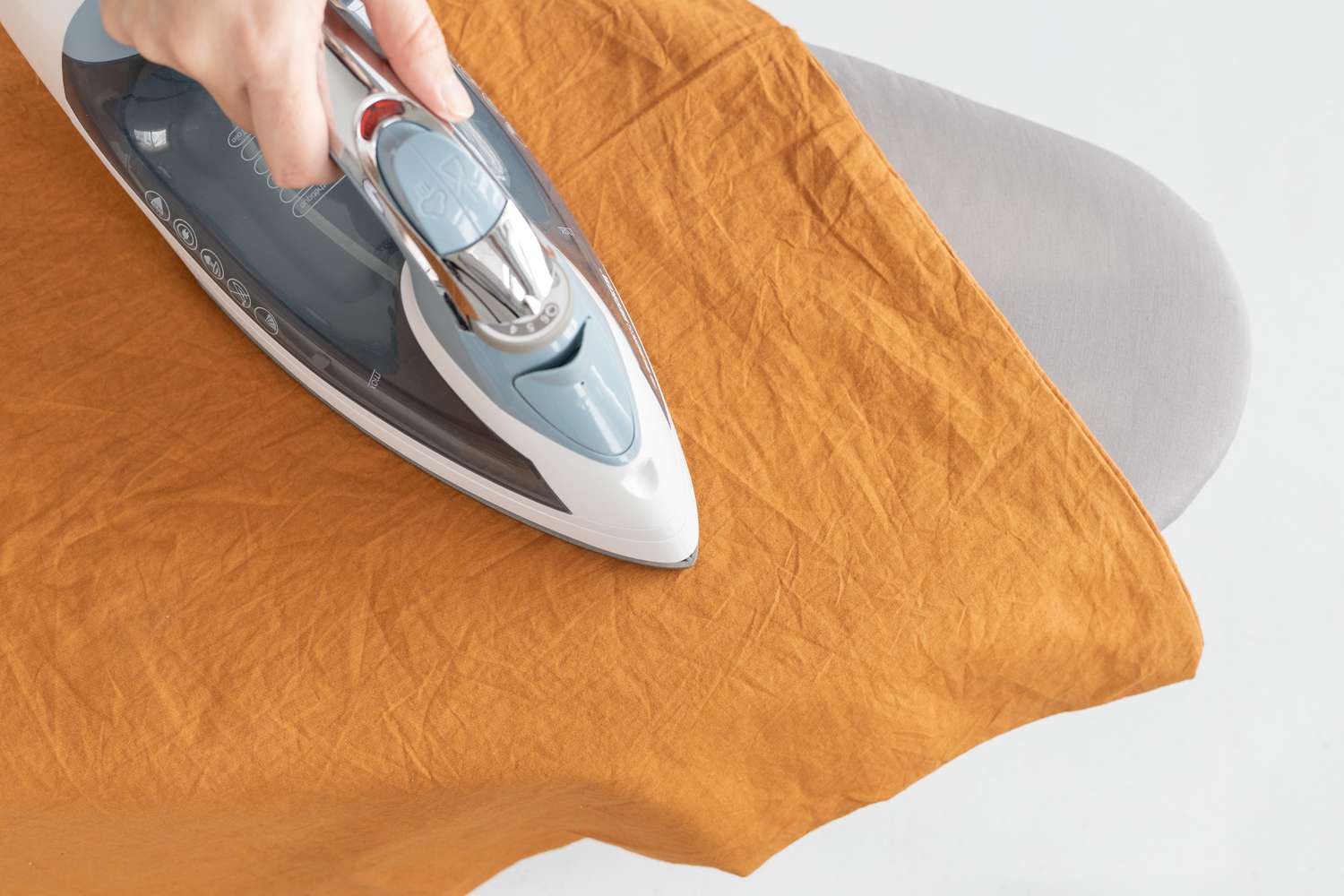



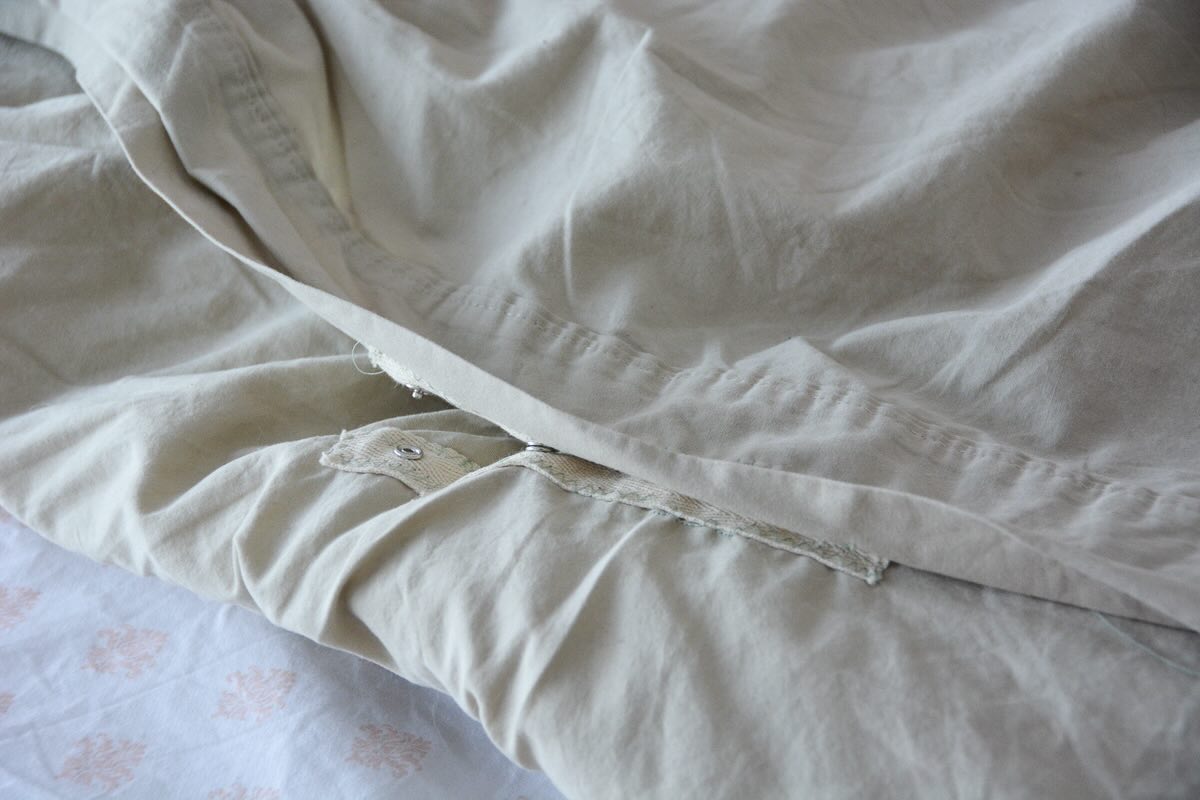
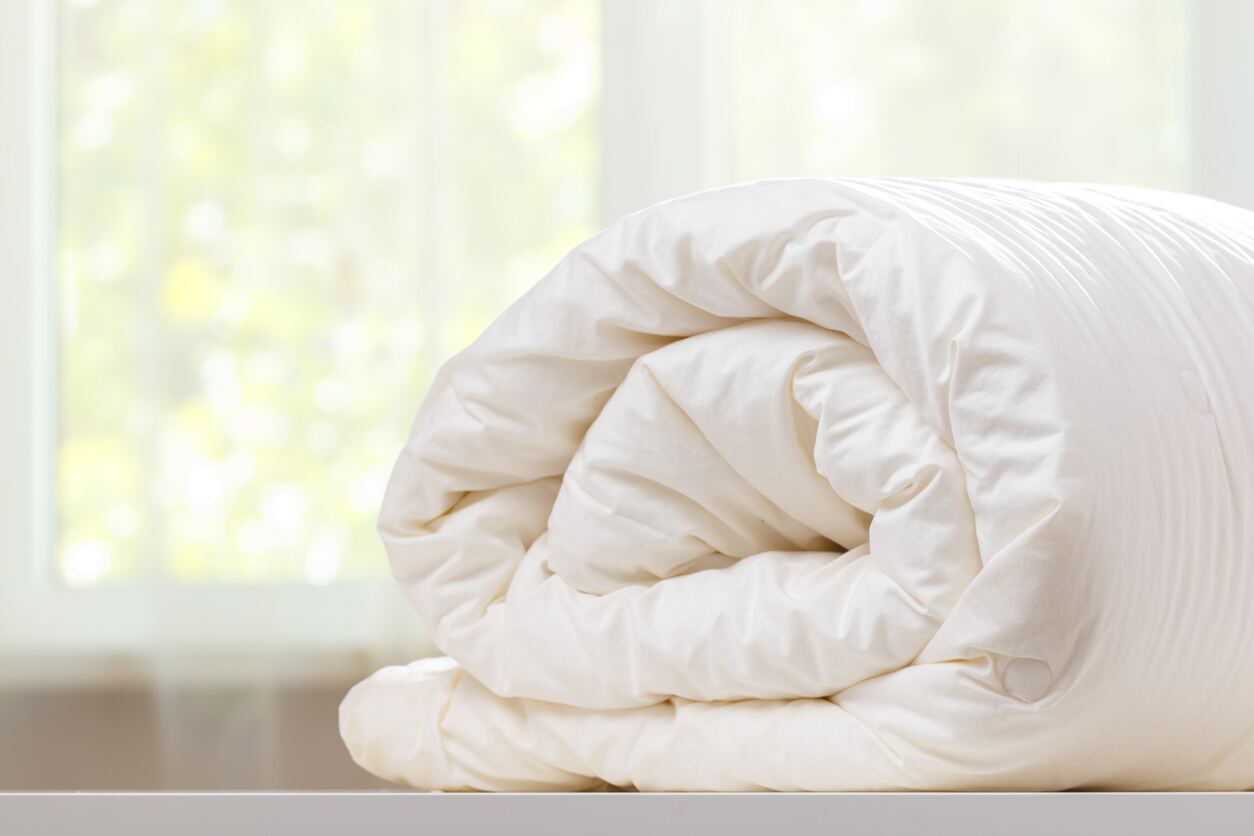

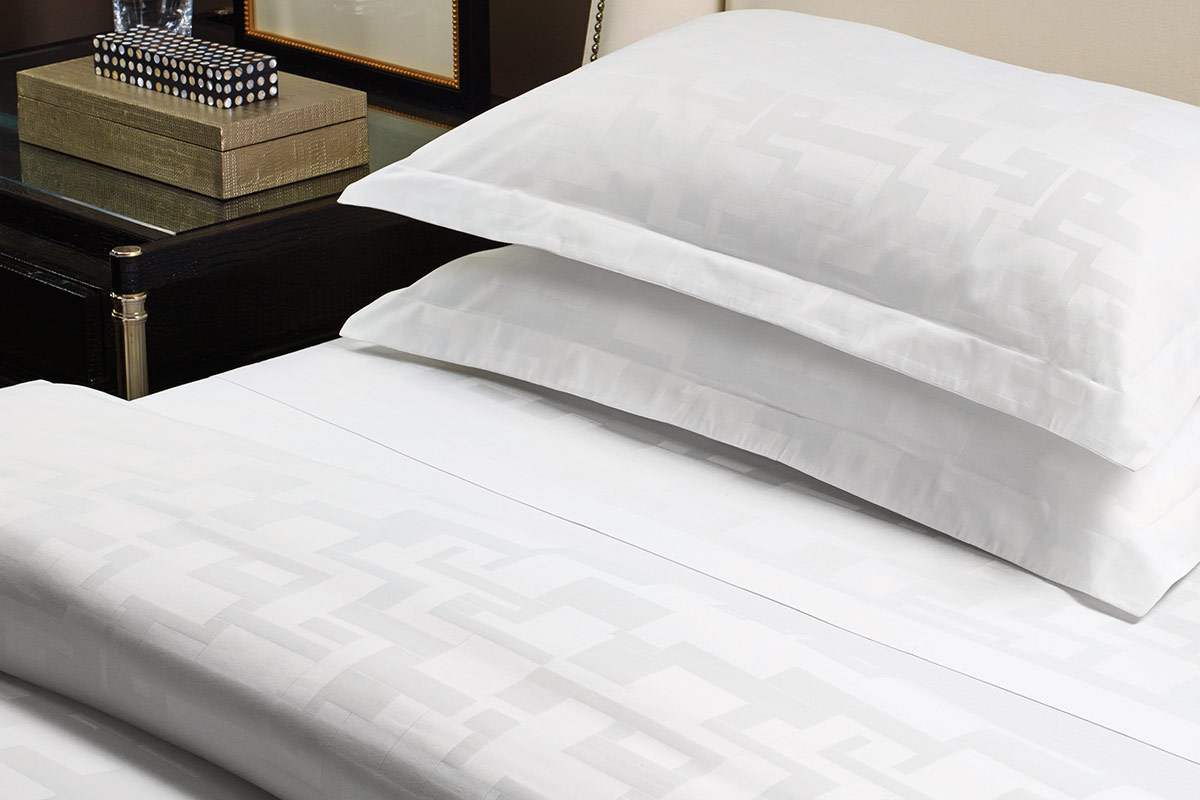
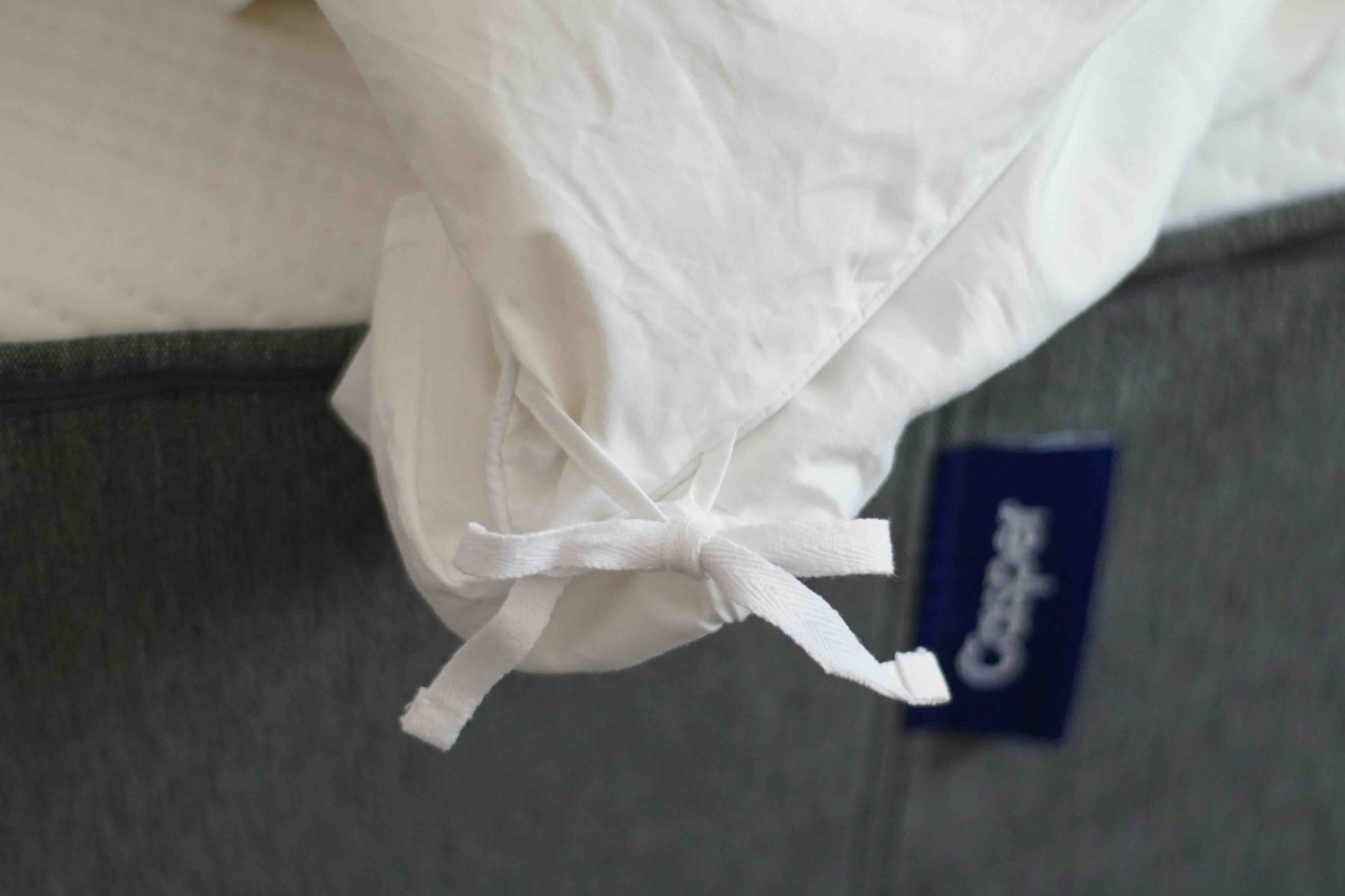
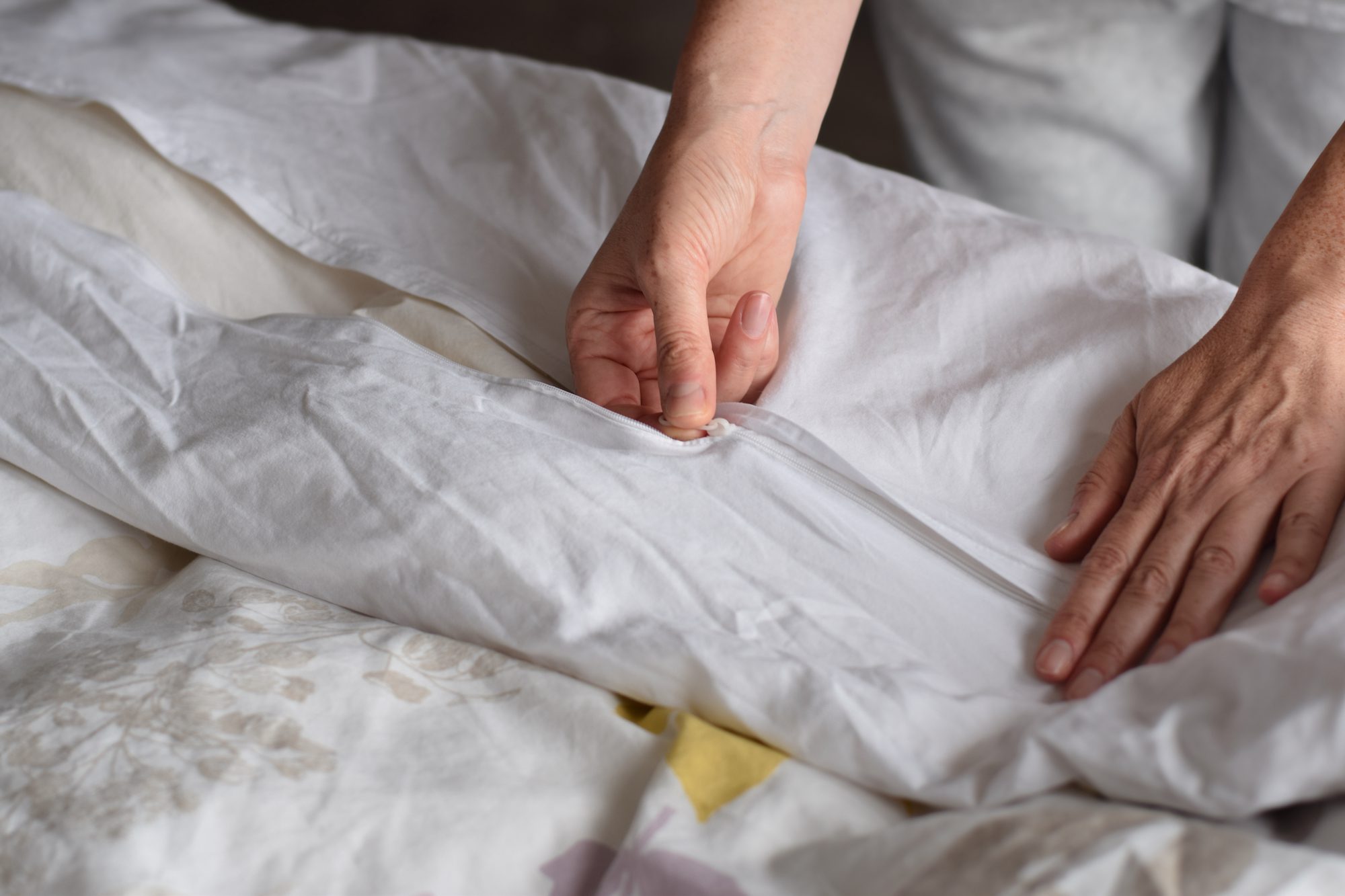
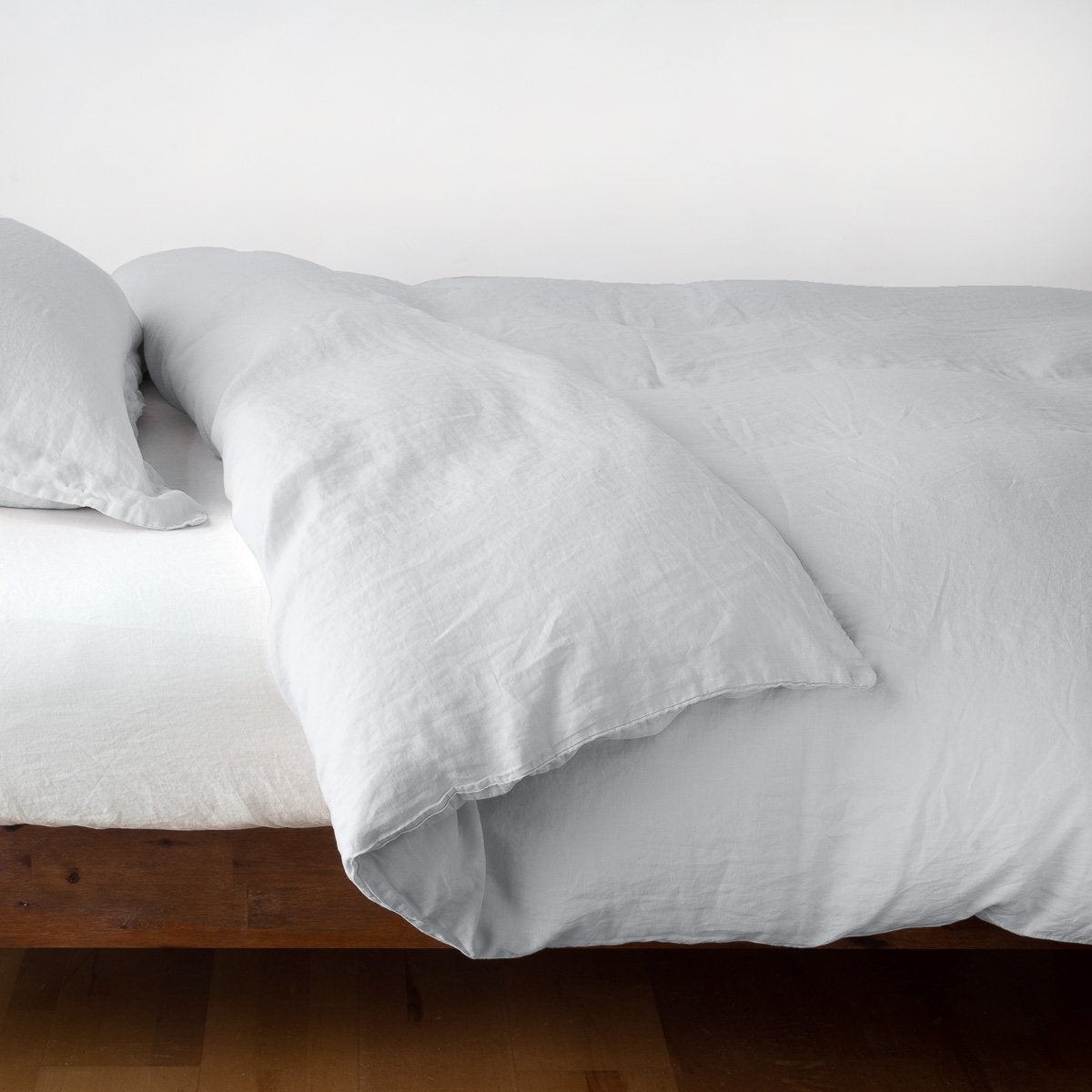

0 thoughts on “How To Wash A Duvet Cover”